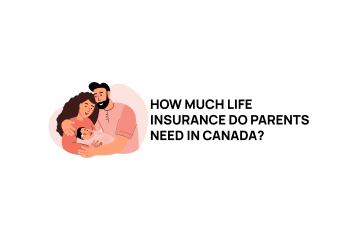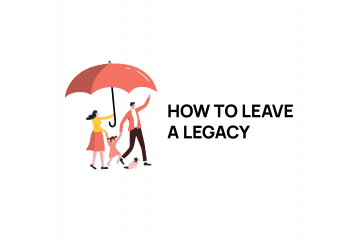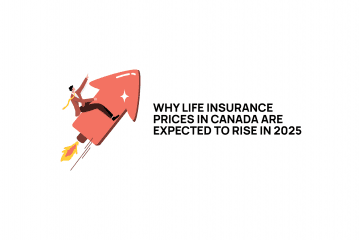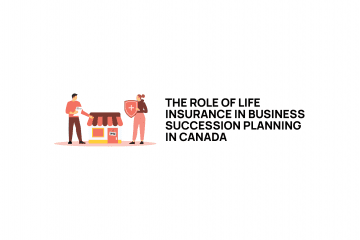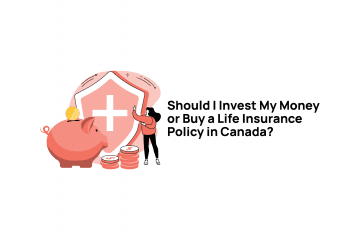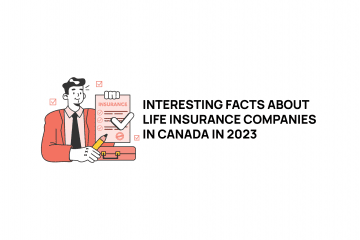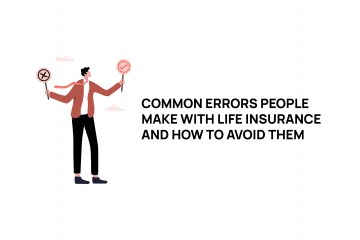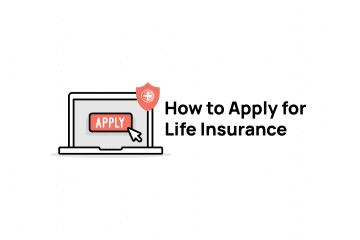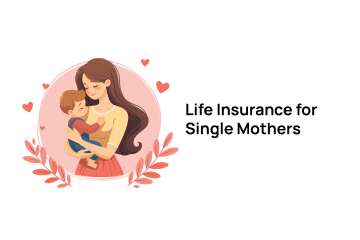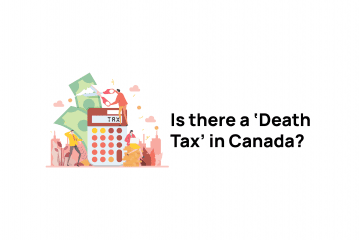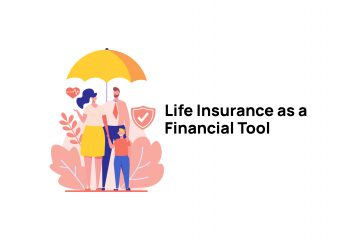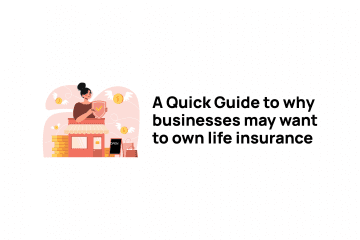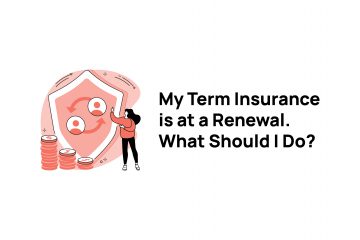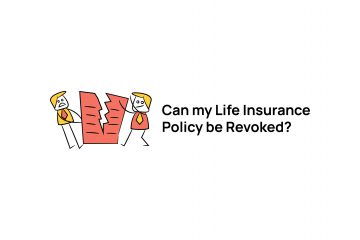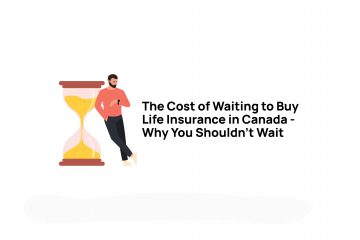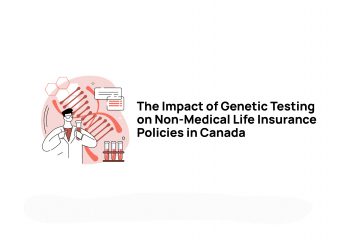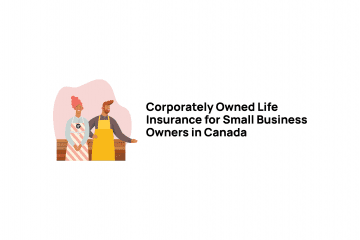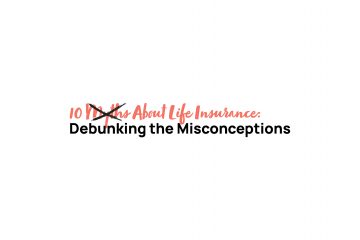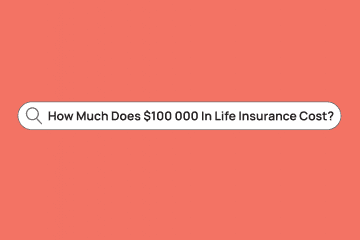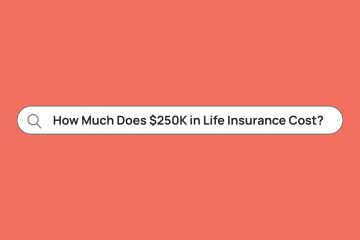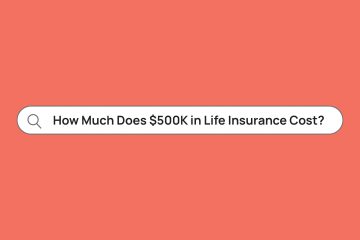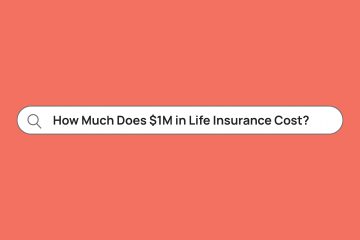Universal Life insurance in Canada is one of the more confusing life insurance products on the market. However if you remove the marketing hype, it’s actually a fairly straightforward life insurance policy.
There are two sides to the policy, an optional investment component, and a required annual life insurance cost. Your premium is variable because it consists of the fixed insurance costs, plus the variable investment component.
The first thing of importance is to appreciate that your premiums are not necessarily just the insurance cost of the policy – it’s the insurance costs plus some amount of investments. Universal life insurance is frequently confused with whole life insurance, however it is more appropriate to perceive it as term insurance with an optional investment.
Universal Life Insurance Costs (COI)
The cost of insurance (COI) inside a universal life insurance policy comes in two flavours in Canada. The first one is level for life (Level COI), the second is annually increasing (YRT or ART). Annually increasing costs are initially lower than the level costs, but over time will far surpass the level premiums. There are variations on these two, but in most policies understanding that it’s either level or increasing every year will give you the basis for the policy.
Now here’s one of the confusing parts about these policies. You can pay your life insurance costs (COI) out of your pocket. Alternatively, you can pay them out of your investments inside the policy. If you are considering a universal life insurance policy that’s paid up or has no premiums after a period of time, you should determine if that is guaranteed, or if the broker has quoted premiums going into non-guaranteed investments that are hoped to pay the insurance costs in the future. If those investments don’t perform, you may find yourself paying those premiums out of pocket when you’re much older.
Universal Life Insurance Investments
Investments in universal life insurance polices are not taxed unless you withdraw the investments from the policy. They could hypothetically become taxable if you exceeded a government mandated level of contributions but life insurance companies have systems that watch for this and prevent it.
Investments that are not withdrawn but instead remain inside the policy until the insured’s death are then paid out tax free to the beneficiaries. So if the policy face amount is $100,000 and you’ve accumulated $25,000 in investments, then your death benefit would be $125,000 tax free.
This tax sheltering aspect is what is often marketed to consumers as being a primary benefit of universal life insurance. However there are a number of potential downfalls to these investments that you should be aware of.
First, these investments are not normally guaranteed. While they are not strictly speaking mutual funds, you can consider them similar to mutual funds in that they are highly volatile, and you can see high negative returns (like -35%).
Secondly, these investments frequently have high deferred sales charges (DSC). A DSC is an enormous backend fee charged if you withdraw your money from the investments early.
And finally, the fees (MER’s) on the funds are typically much higher than comparable investments outside a universal life insurance policy. For example, TD’s TSX index fund is available for an MER of about 0.5%. Some life insurance policies have the same fund available in their universal life insurance policy, with an MER of 2.5%. Same investment performance, but you’ll earn about 2% less inside the universal life policy due to fees.
How universal life insurance premiums work, level COI
Let’s say you have a level cost of insurance policy, with an insurance cost of $100/month. You can pay $100 per month into the policy. The $100 is used to cover the cost of life insurance. There is no money left for the investments, so your investments sit at $0. This approach means you effectively have level coverage at a level premium for life. This strategy can be very effective and relatively inexpensive for those looking for lifetime coverage without any options.
You could however be quoted $150/month. You may perceive the $150 as your ‘premium’, but in fact you’re paying $100 of insurance cost, and the remaining $50 is being put into the investment portion of the policy.
How universal life insurance premiums work, annually increasing COI
Let’s say you have an annually increasing cost of insurance policy (YRT or ART), with initial insurance cost of $30/month. As these insurance costs increase every year, they eventually will go to $300/month (and even higher).
Your agent may have quoted you $100/month. We should now realize that this $100 premium is not in fact directly our insurance cost. Unlike the level insurance cost scenario where the $100 premium is used entirely to pay for the insurance, in the first month with the annually increasing, you are only paying $30 of your ‘premium’ towards insurance costs. The additional $70 of your $100 monthly payment is being placed into investments that are probably not guaranteed.
Fast forward into the future. You are still paying $100/month. However the insurance costs have now increased to $300. Your $100 goes towards the insurance costs, but there’s still $200 remaining. If this $200 isn’t paid, your policy will lapse. Behind the scenes though, the insurance company will automatically take the remaining $200 from your investments. If you’re not aware of this procedure, you may simply perceive that you’re paying $100 a month for life insurance coverage, when in fact you’re paying $300.
This might work fine – but there’s a big problem with this scenario. Twenty or thirty years out when the insurance costs have gone to $300 or higher, those high costs are being paid primarily from the investments. Now what happens if those investments crash like they may have in 2008/09? You may find that the insurance costs eat the investments down to $0. At that point the insurance company is going to require you to increase your life insurance premiums up to the $300. That can be a very unpleasant surprise decades in the future when you thought your life insurance costs would be level, or perhaps even paid up.
Compare that the the level insurance cost scenario. No matter what happens, decades in the future, your base insurance costs, and therefore your minimum premium, would never be more than the original $100/month.
Recommendation
Due to these risks, and the deficiencies with the investment options typically available, I recommend that if you do purchase a universal life insurance policy, that you only purchase one with level cost of insurance (and be careful, level premiums does NOT mean level cost of insurance necessarily). Further, for almost everybody, you should not use the investment options, your RRSP or TFSA are likely much better choices for your savings.
If you have a current universal life insurance policy, you should confirm whether you have level or YRT COI. If it’s level, great – these can be outstanding policies. If it’s YRT, you should seek a second opinion. You may consider moving to a level COI policy, but doing so must be done very carefully.
If you would like more information on Universal Life Insurance you can reach out to us at any time.


